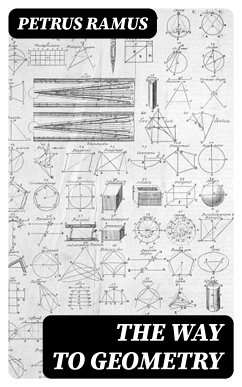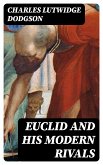In "The Way To Geometry," Petrus Ramus presents a revolutionary approach to geometric principles by advocating for a clear and systematic methodology that contrasts sharply with the prevailing Aristotelian framework. Employing a pragmatic and accessible literary style, Ramus elucidates complex geometric concepts through reasoned arguments and pedagogical clarity, setting the stage for a more robust understanding of mathematics in the Renaissance context. His work is marked by a pedagogical intent, aiming to not only convey information but also to reform the way geometry is taught and understood, illustrating the shift towards empiricism and clarity in early modern thought. Petrus Ramus (1515-1572), a prominent French philosopher and educator, was deeply influenced by the humanist movement and the criticism of traditional scholasticism. His background in rhetoric and dialectic shaped his instructional philosophy, leading him to challenge the established norms of his time. Ramus's innovative views on education and his desire to democratize knowledge drove him to write this influential text, which reflects broader philosophical shifts in the 16th century, advocating for rational inquiry and systematic learning. I highly recommend "The Way To Geometry" to both scholars and students alike, as it not only provides foundational insights into geometry but also serves as a critical lens through which to understand the evolution of mathematical thought. Ramus's compelling arguments and unique pedagogical strategies invite readers to reconsider the intersection of education, philosophy, and the natural sciences in shaping modern intellectual frameworks.
Dieser Download kann aus rechtlichen Gründen nur mit Rechnungsadresse in A, B, BG, CY, CZ, D, DK, EW, E, FIN, F, GR, H, IRL, I, LT, L, LR, M, NL, PL, P, R, S, SLO, SK ausgeliefert werden.









